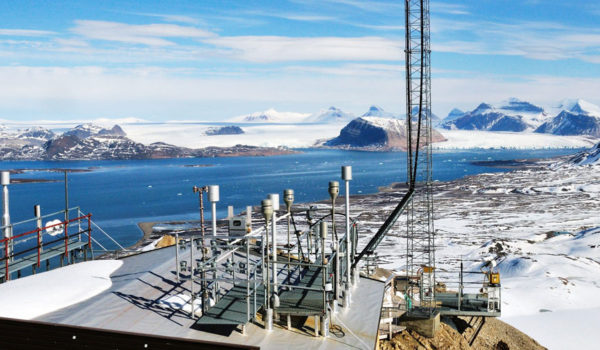Greenhouse gas concentrations in atmosphere reach new record according to WMO. It confirms the trends we see through our measurements at Svalbard, says Cathrine Lund Myhre (NILU).

“Greenhouse gas concentrations in atmosphere reach new record” was the title of a press release of the World Meteorological Organization (WMO), published on November 06. According to WMO, the new record high from 2012 is continuing in an upward and accelerating trend, which is driving climate change.
“That was an interesting and important press release from WMO,” states Cathrine Lund Myhre, senior scientist at NILU. It confirms that the same trend is visible through the measurements NILU is carrying out at its observatory on Zeppelin, Svalbard. “We are now working on the finalization of our observations from 2012 and the report to the Norwegian Environment Agency (Miljødirektoratet), which is supporting these activities financially. We don’t have any final numbers yet, but a look on the preliminary numbers indicates that we have record highs at Zeppelin for several of the same components.”
It is not surprising that CO2 reached a new record. It is constantly increasing and there is no sign of decrease, rather the opposite. Methane is another greenhouse gas that has been of special interest during the last years. Large natural sources – most of all wetlands – cause high annual variations, even though anthropogenic emissions are more important. Many of the natural sources are also linked to changes in precipitation, draught and other components in the atmosphere, of which several can be directly linked to climate change.
“For methane we have seen an increase during the last 5-6 years after a stable period of almost 10 years,“ explains Lund Myhre. ”The increase WMO reported from 2011 to 2012 is around 6 ppb (parts per billion), which is higher than the previous years. What caused this increase during the last years is not fully understood yet. That’s why we have started with a new large research project at NILU: “MOCA – Methane Emissions from the Arctic OCean to the Atmosphere: Present and Future Climate Effects”. It will focus especially on the understanding of the impact of Arctic environments on the observed levels of methane in the atmosphere.”
